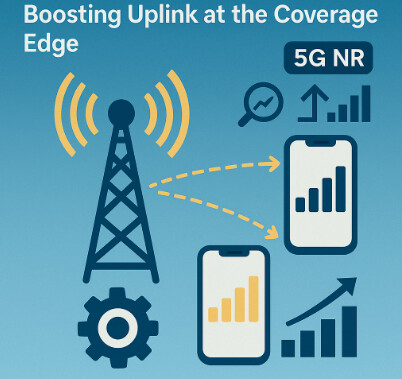Thrilled to share insights on an advanced feature that’s making a big difference in uplink performance—DMRS Interference Reduction for low-frequency TDD.
![]() The Challenge
The Challenge
Cell-edge users in low-frequency TDD often suffer from uplink degradation due to poor DMRS (Demodulation Reference Signal) quality and increased interference—leading to reduced user experience.
![]() The Solution
The Solution
The base station adaptively allocates DMRS resources based on UE interference conditions:
High-interference UEs and low-interference UEs are given separate DMRS resources,
This minimizes resource collisions and improves demodulation accuracy,
Boosting uplink rates, especially in weak coverage.
![]() The Results
The Results
When Uplink PRB Usage ≤ 30%:
![]() Significant uplink performance gain at the cell edge
Significant uplink performance gain at the cell edge
![]() Greater interference = greater benefit
Greater interference = greater benefit
When Uplink PRB Usage > 30%:
![]() No negative impact observed
No negative impact observed
![]() How to Activate
How to Activate
Controlled via the parameter:
NRDUCellChnCovAlgo.UlCoverageAlgoSwitch → DMRS_RESOURCE_ADJ_SW
![]() Part of a broader strategy under Reference Signal Interference Reduction, this feature aligns with Massive MIMO Uplink Boosting and Turbo Uplink efforts in modern 5G deployments.
Part of a broader strategy under Reference Signal Interference Reduction, this feature aligns with Massive MIMO Uplink Boosting and Turbo Uplink efforts in modern 5G deployments.
![]() Bottom Line:
Bottom Line:
A smart, adaptive enhancement that improves uplink for all—especially those on the edge of coverage—without compromising network-wide performance.
LinkedIn: ![]()
